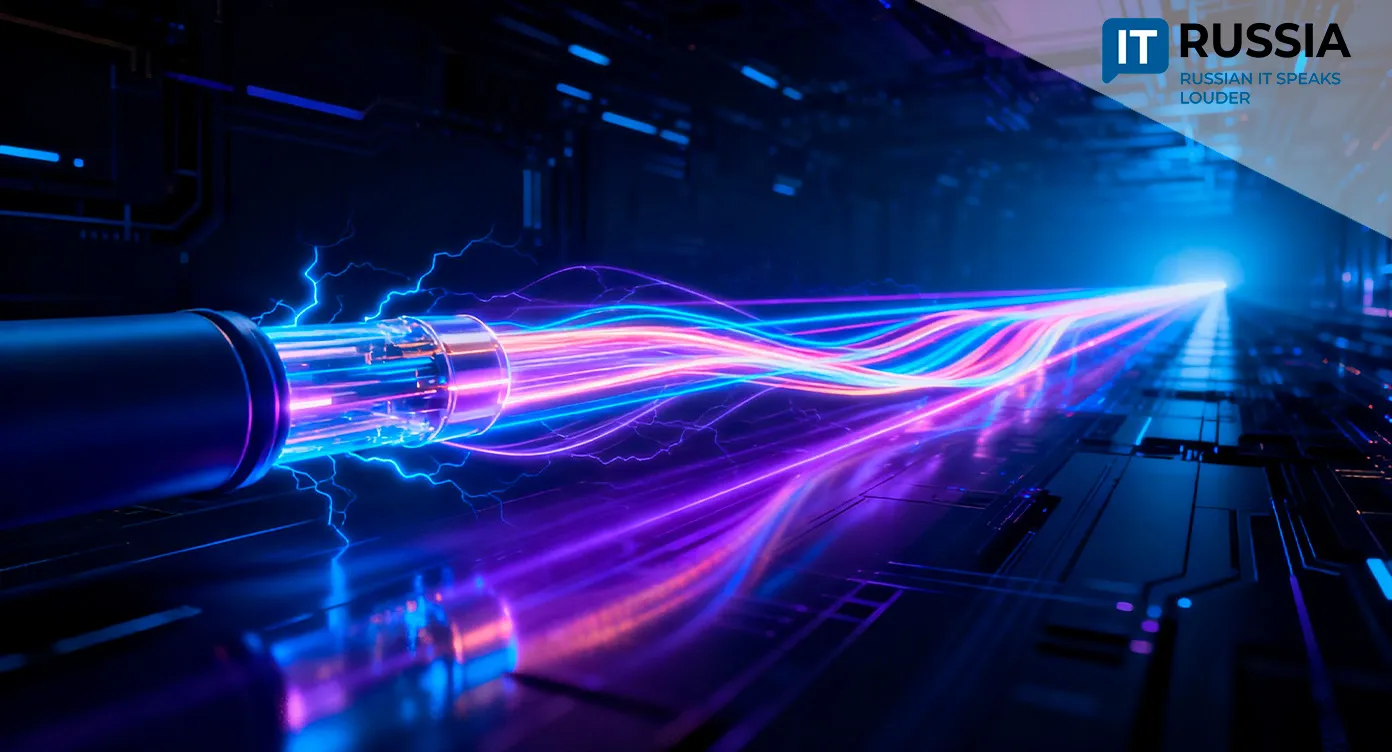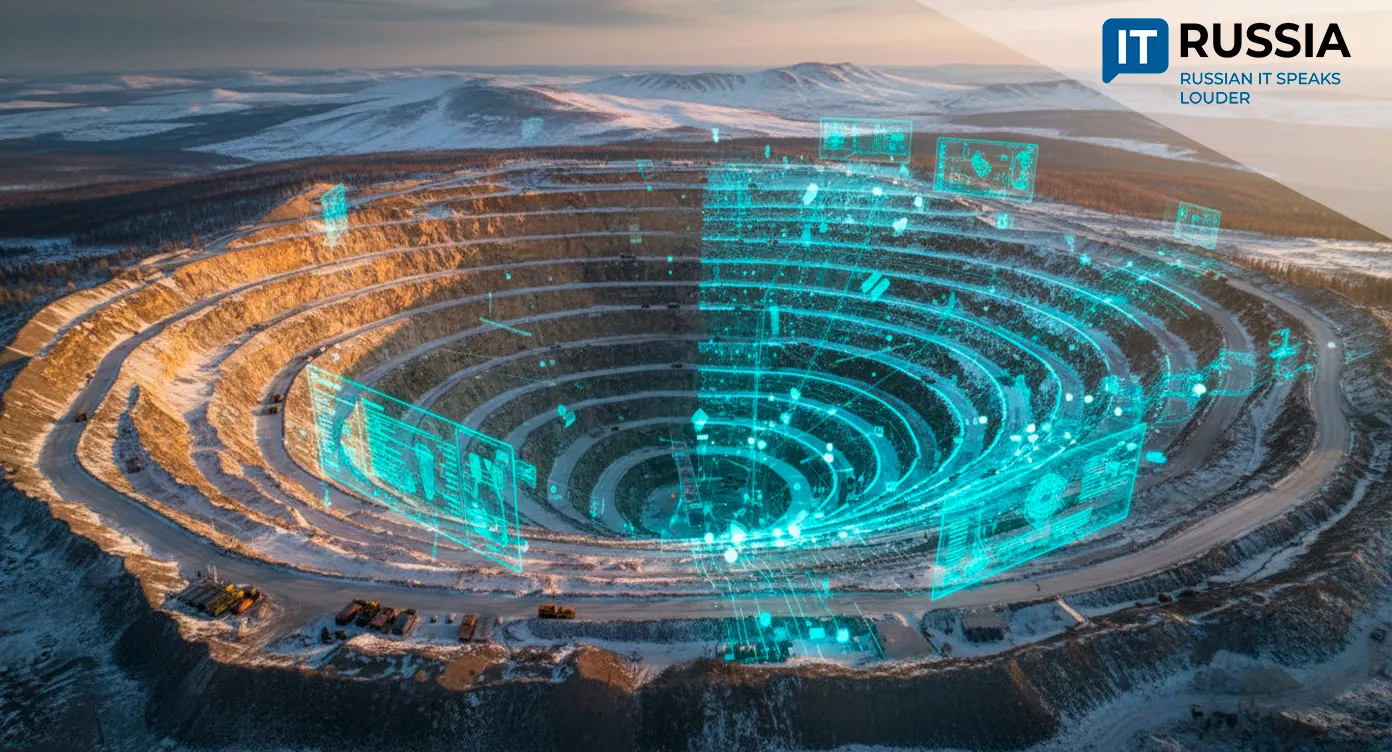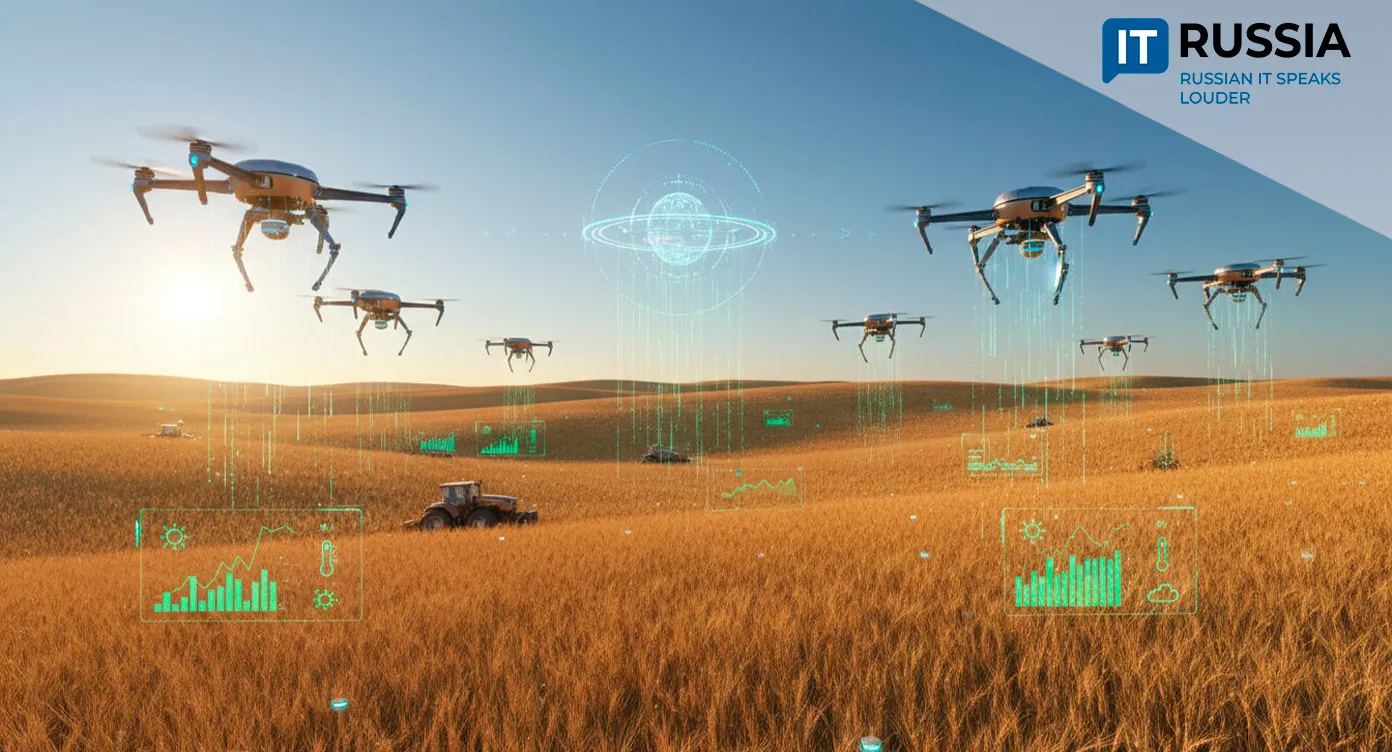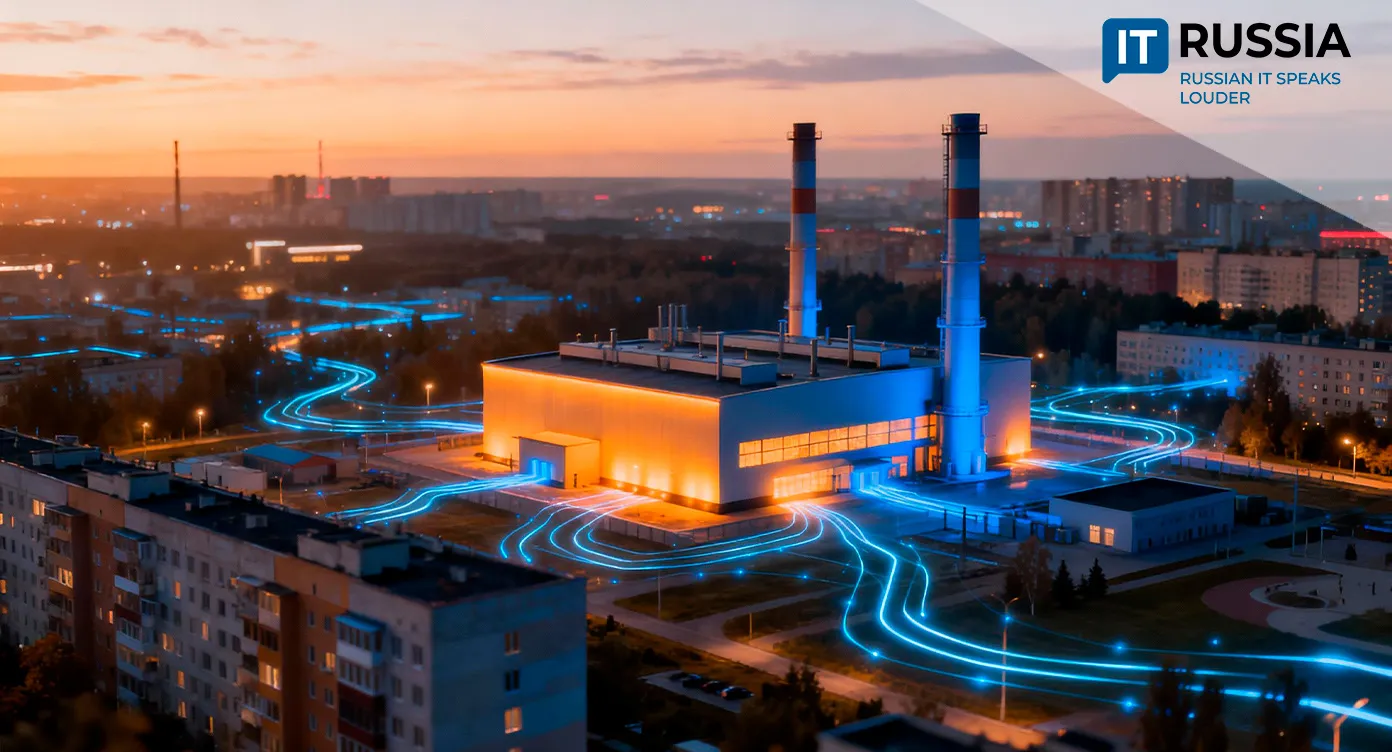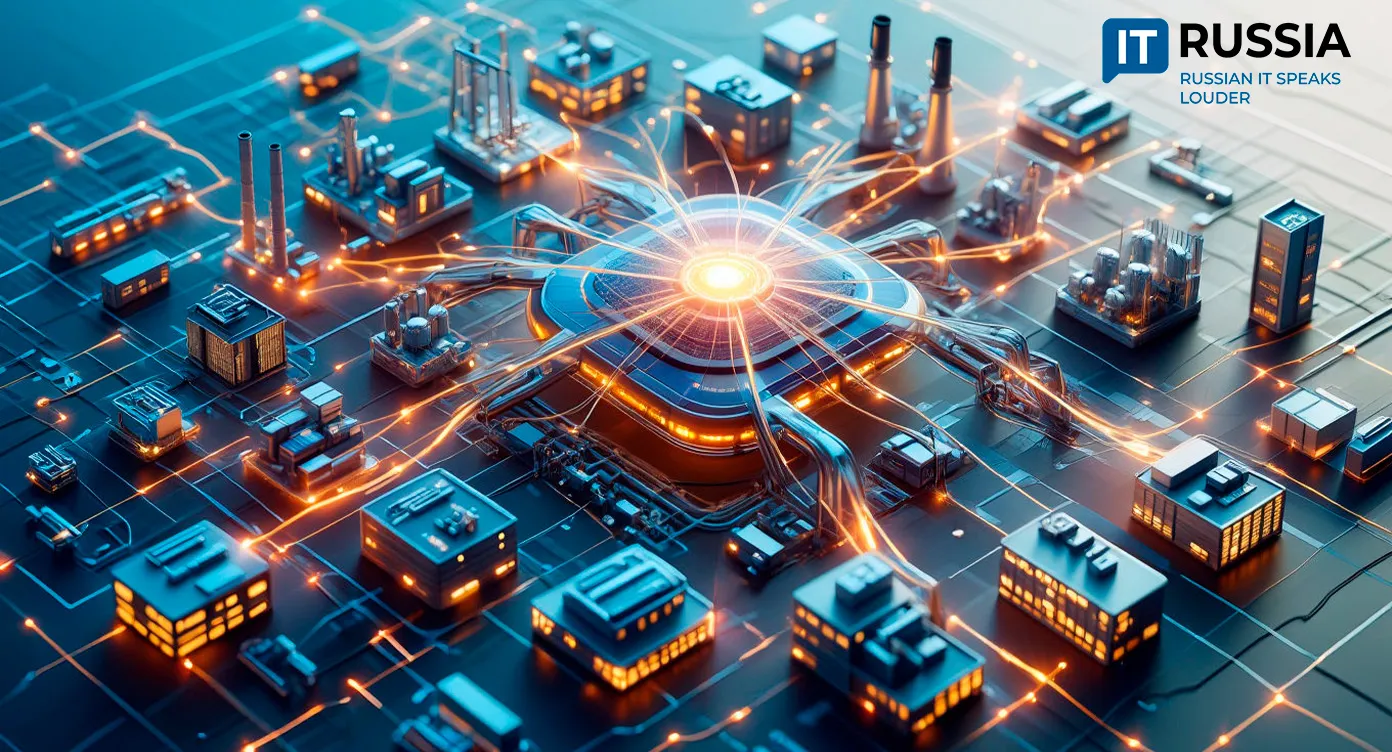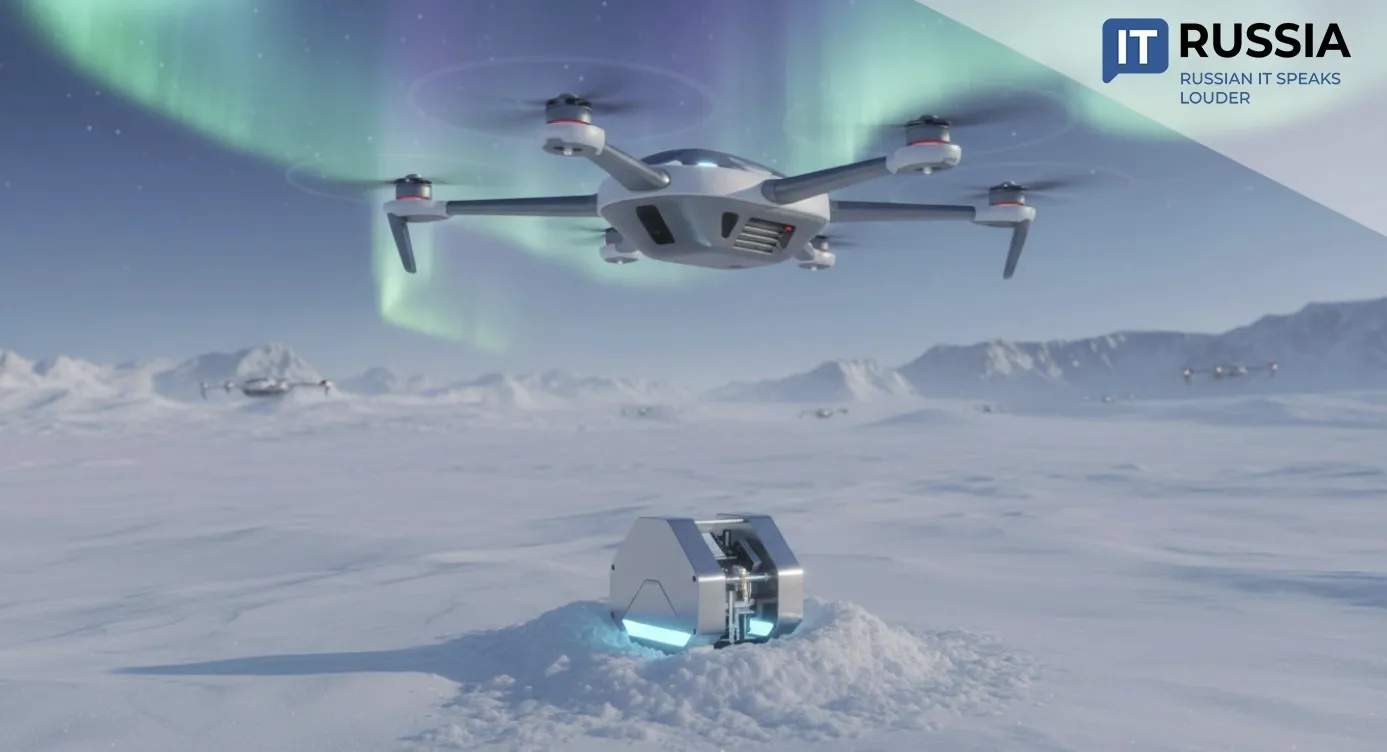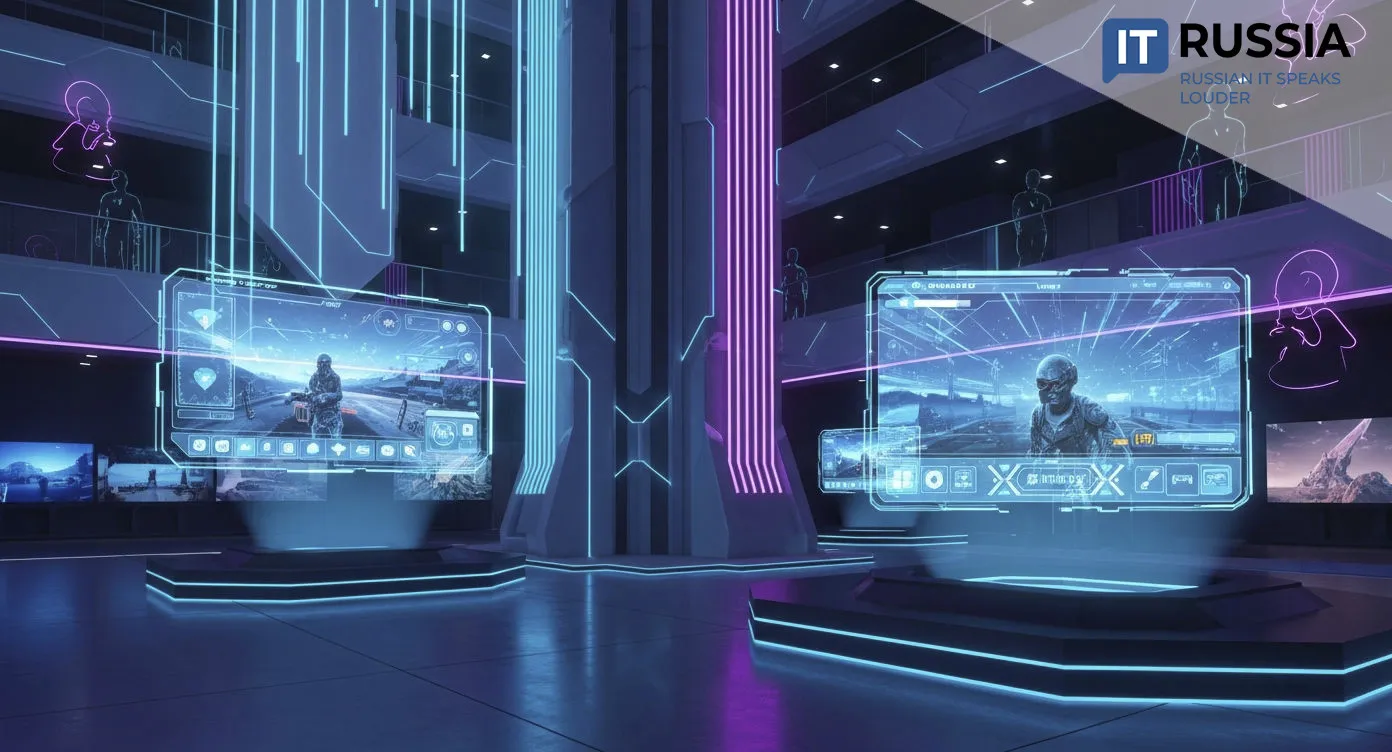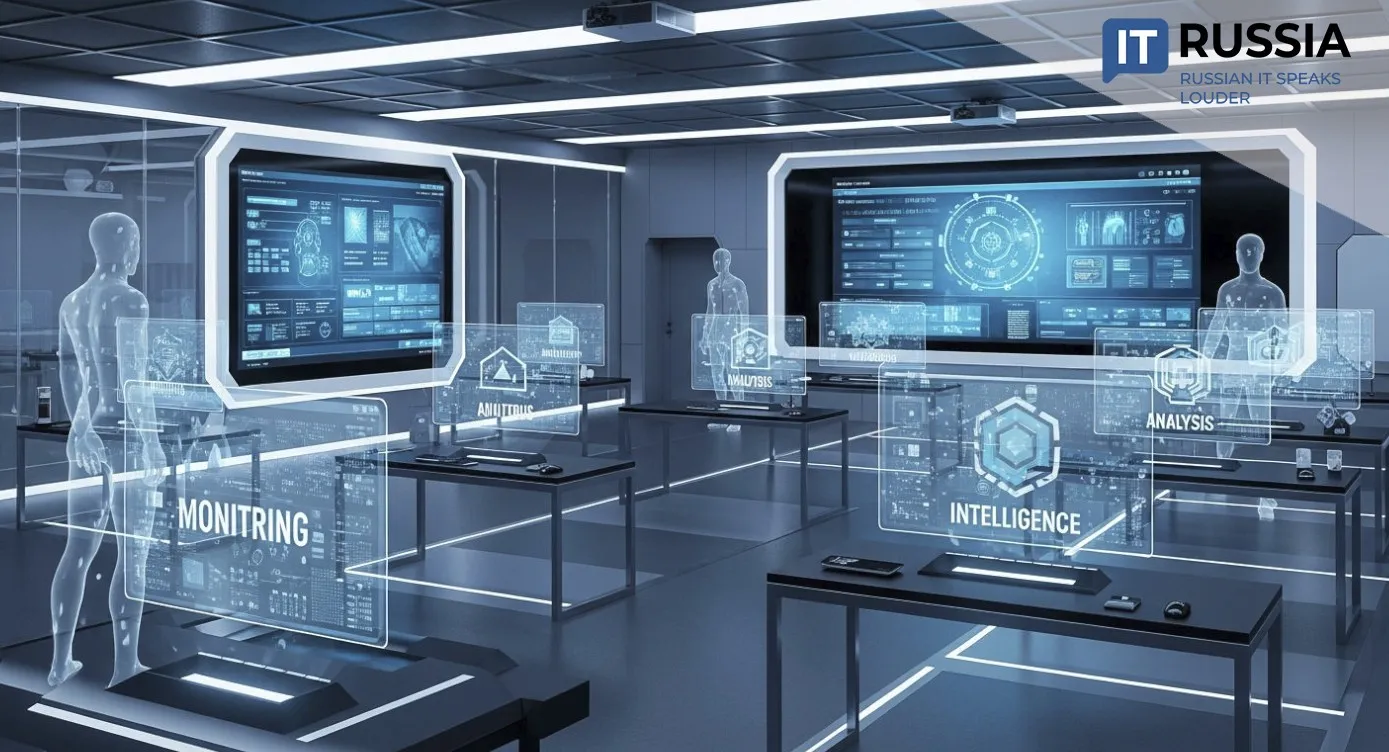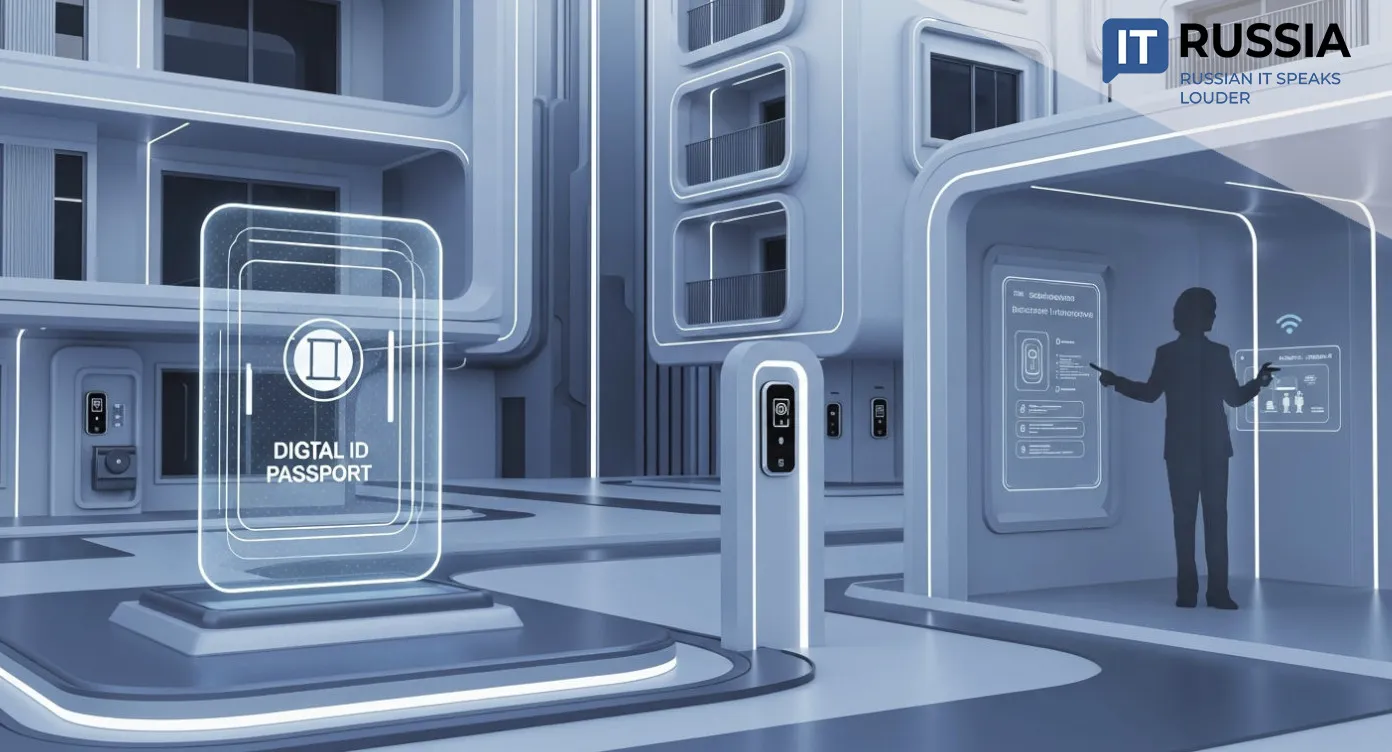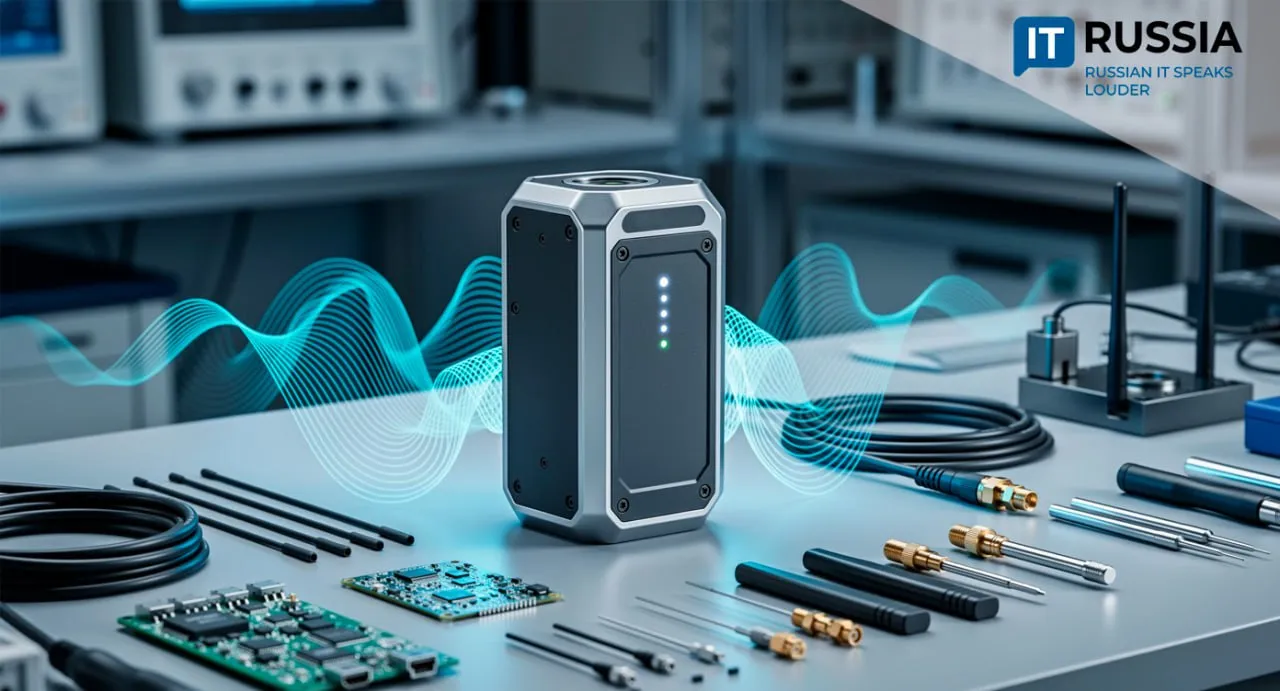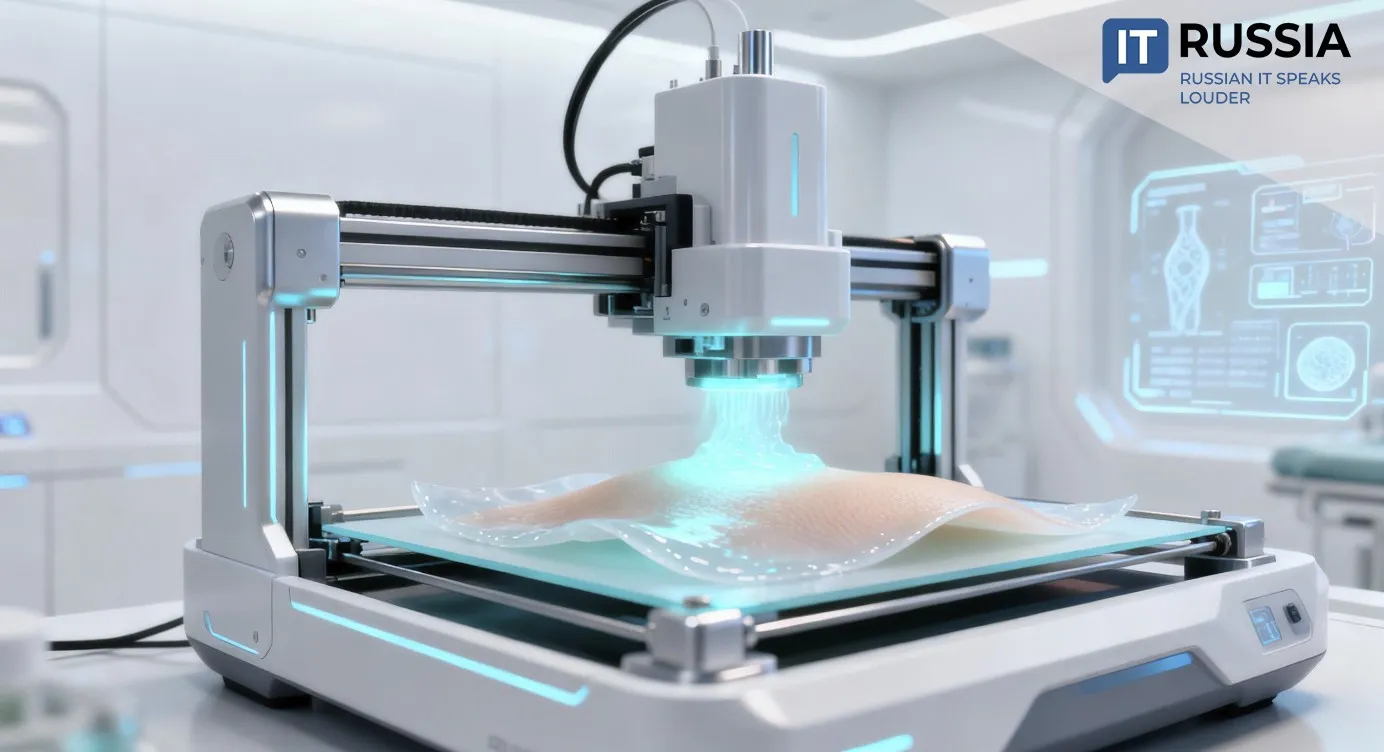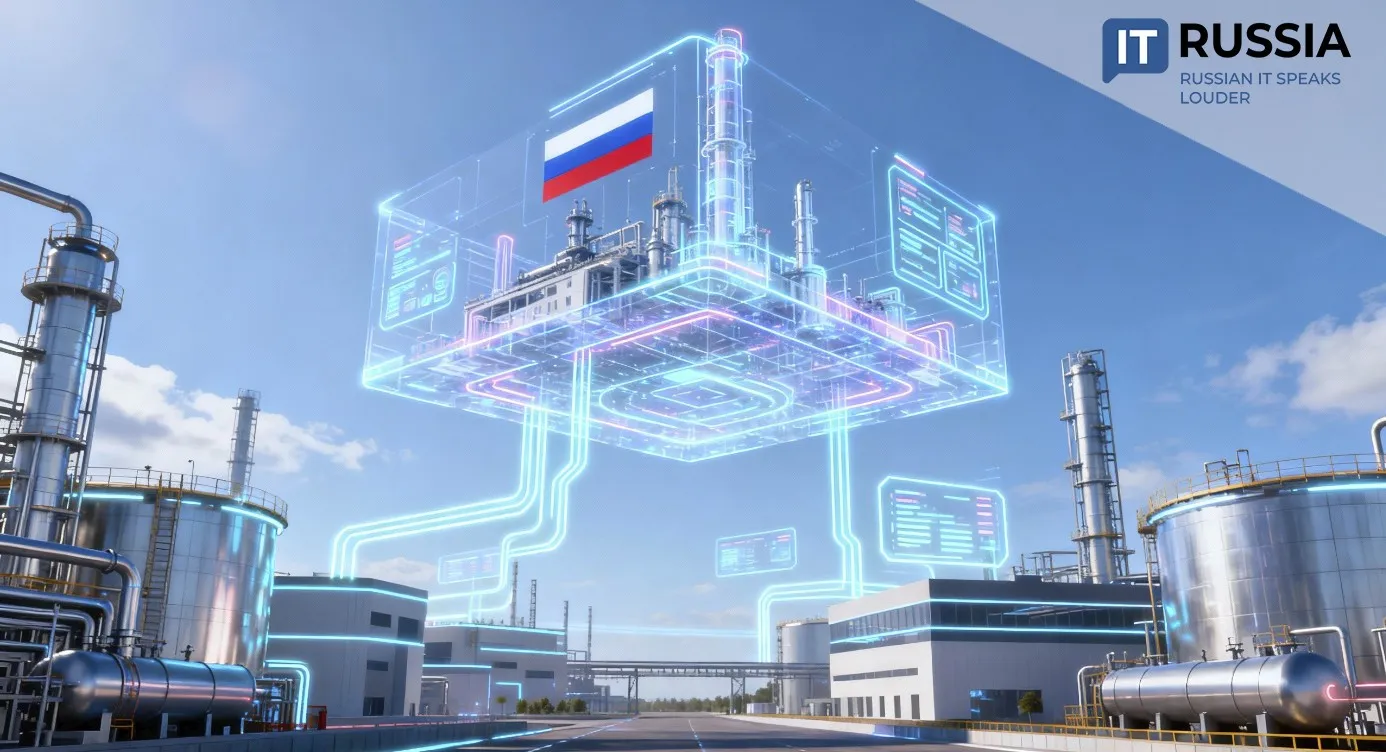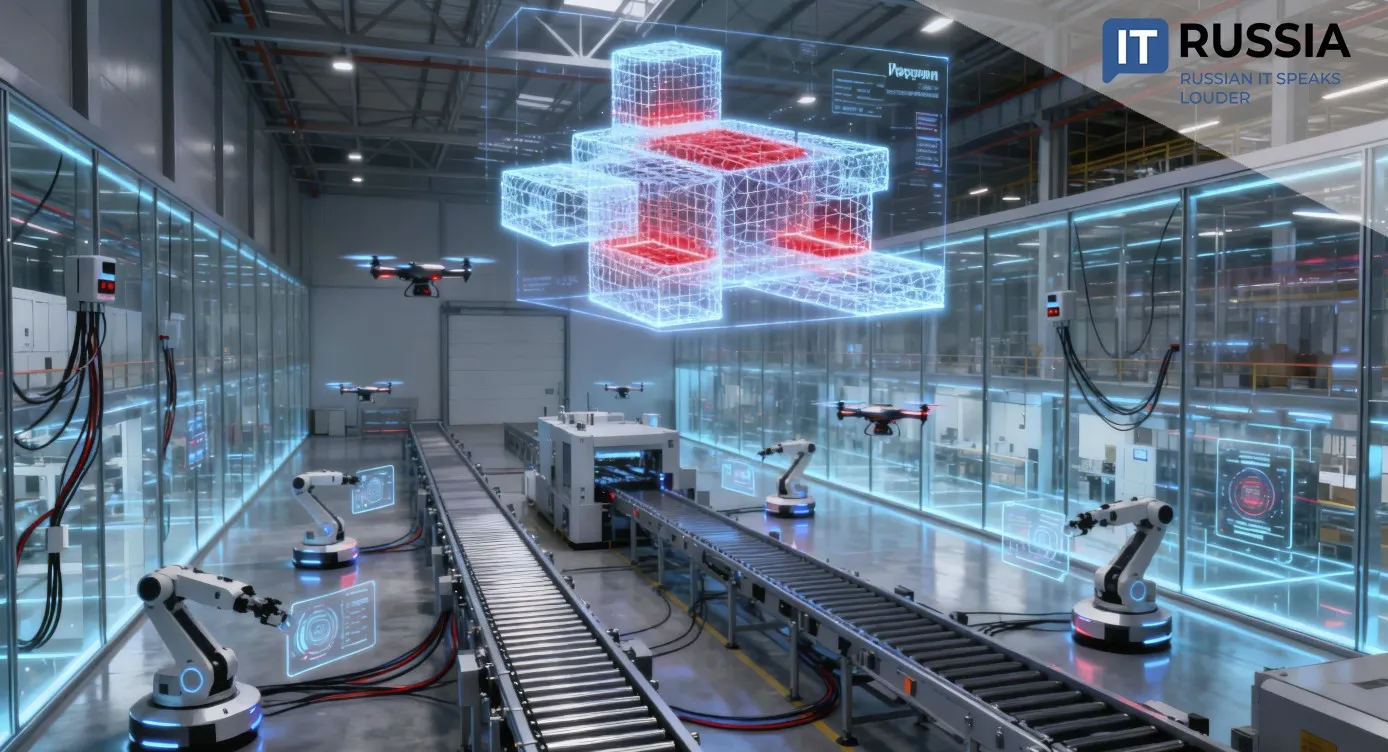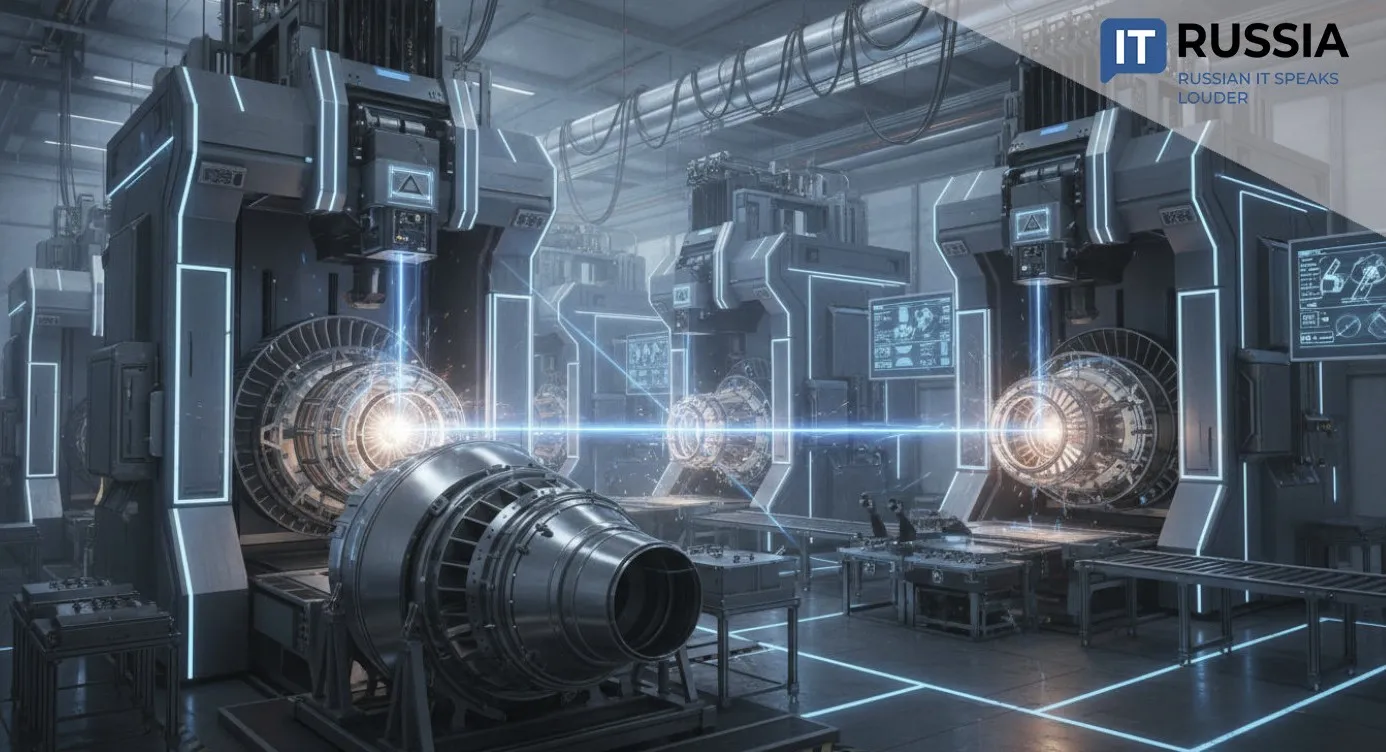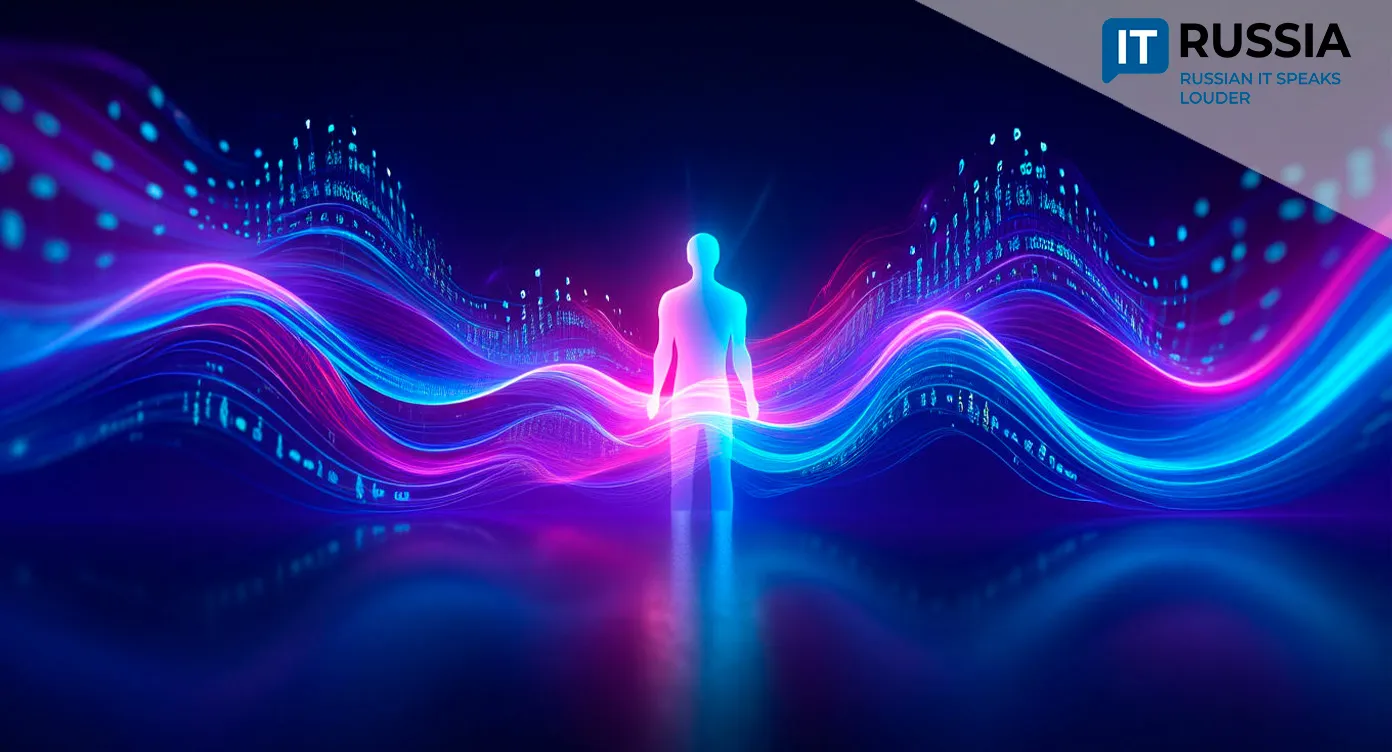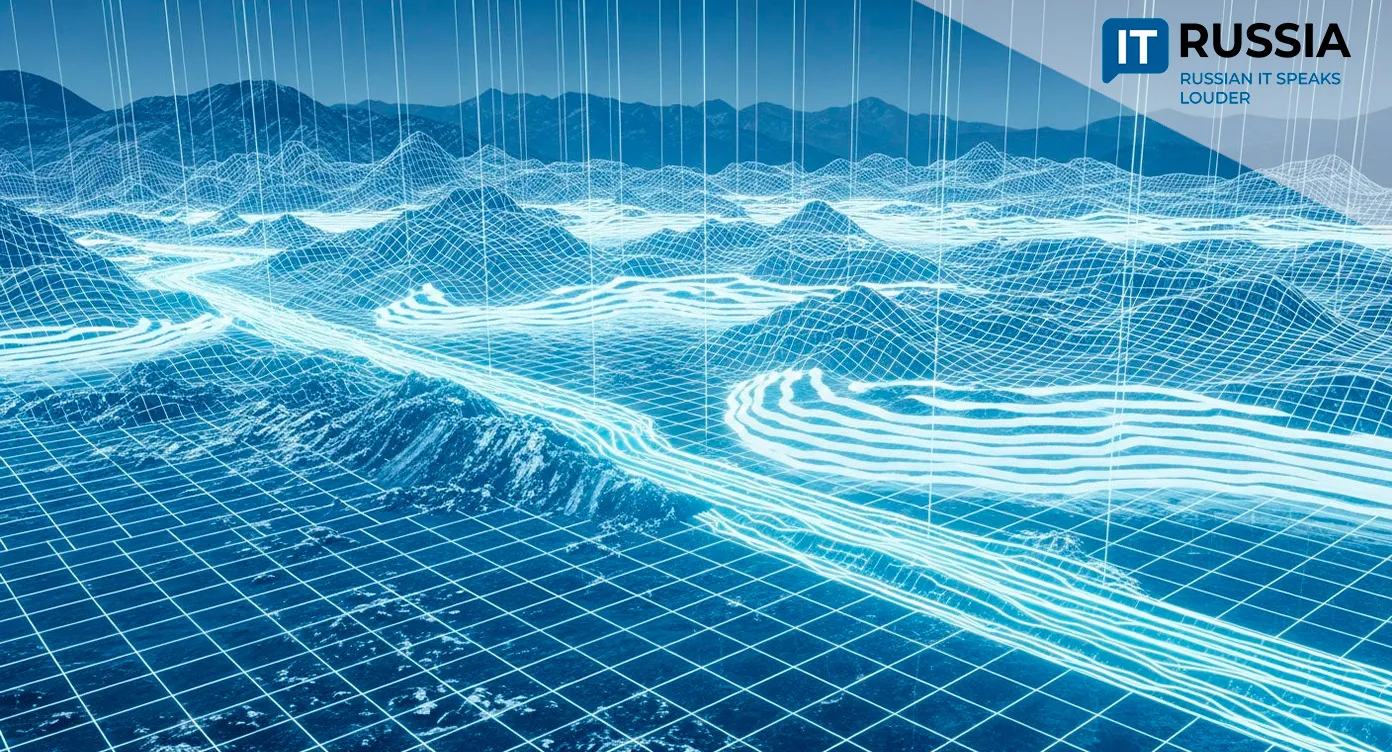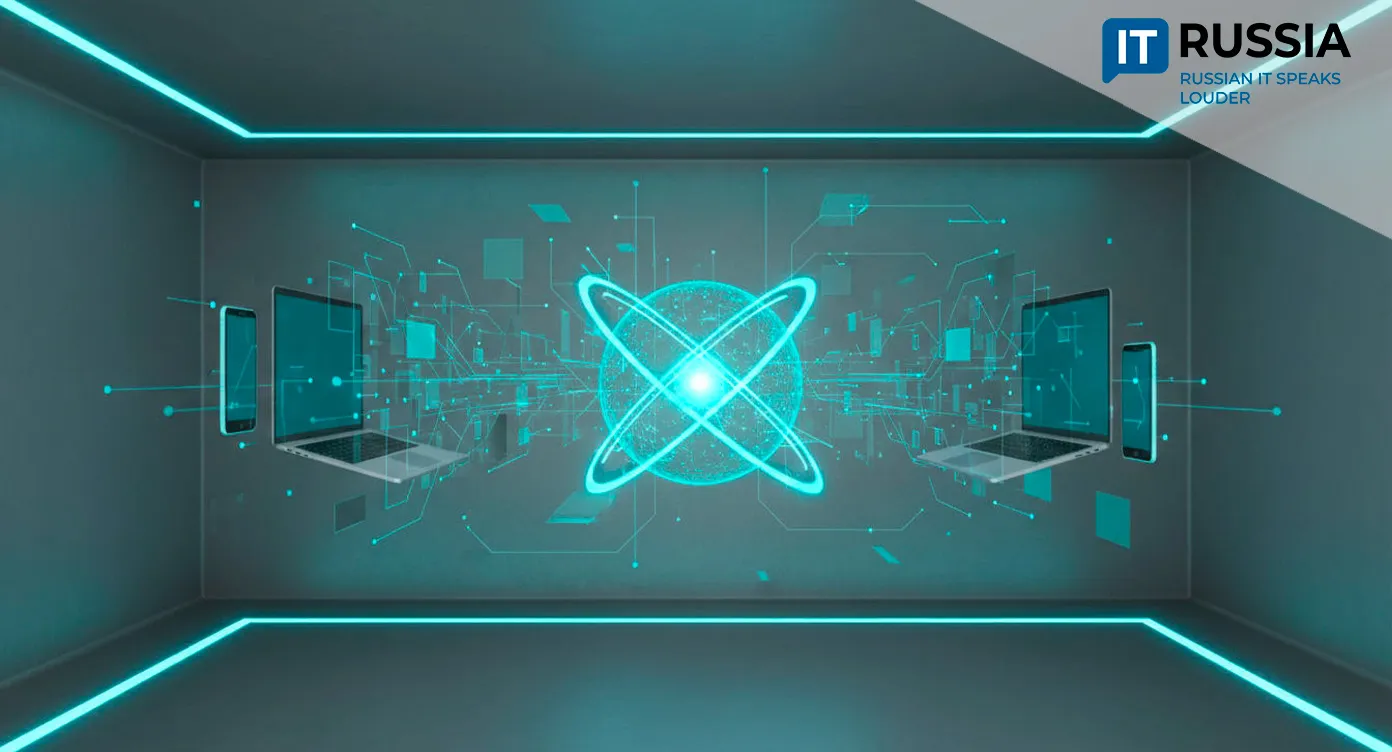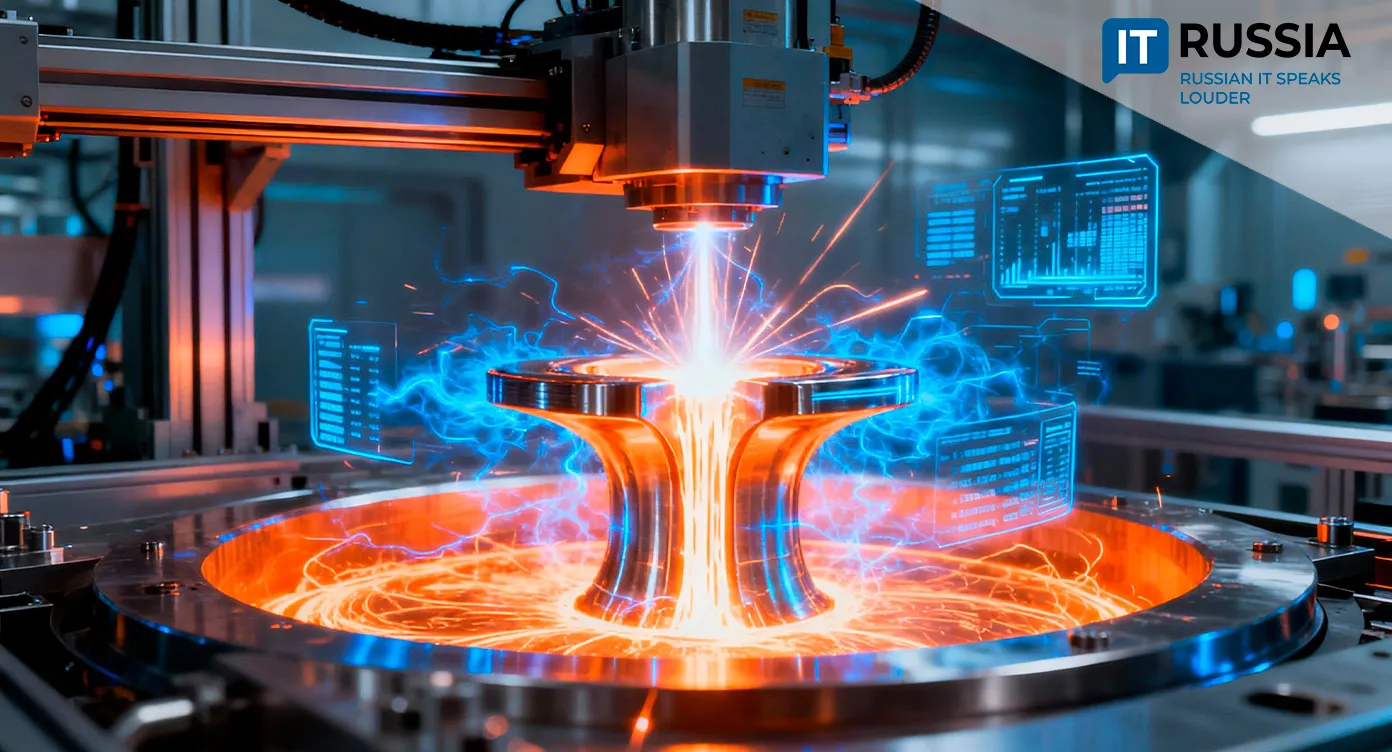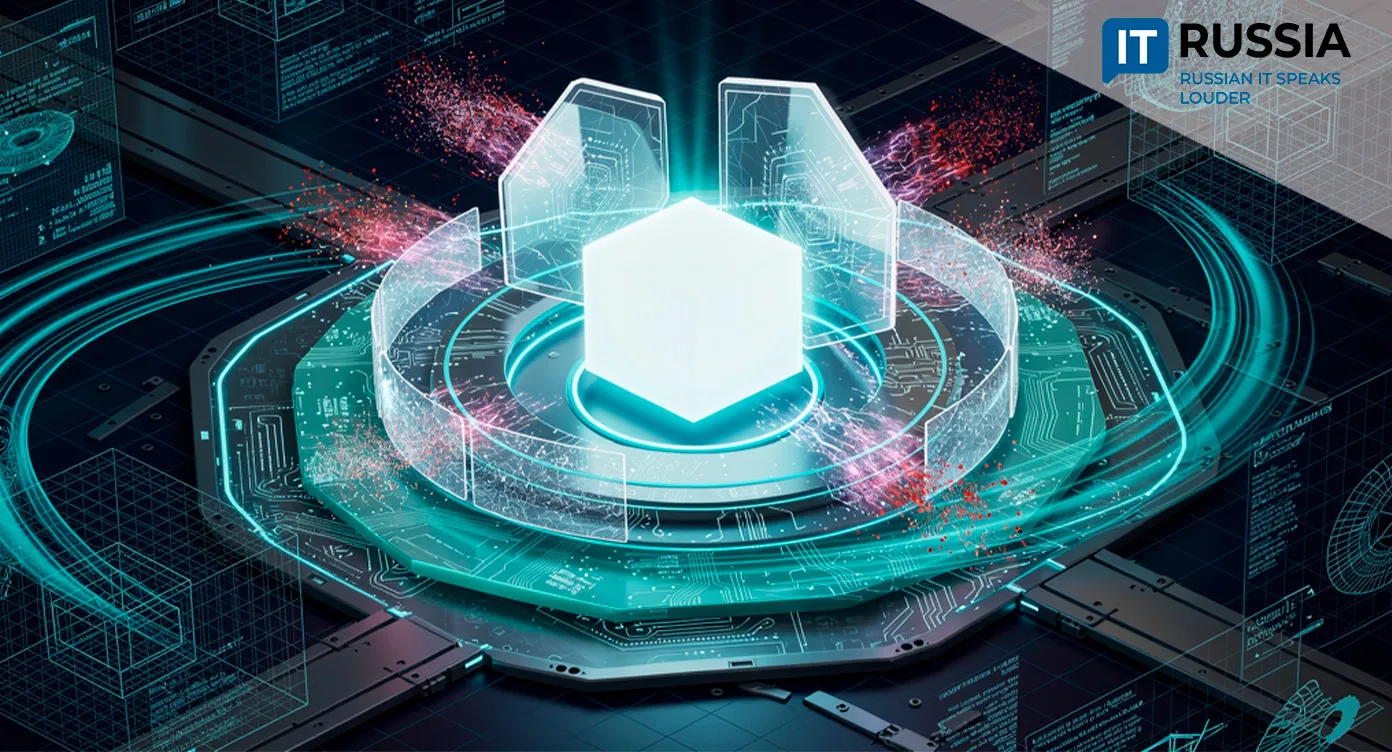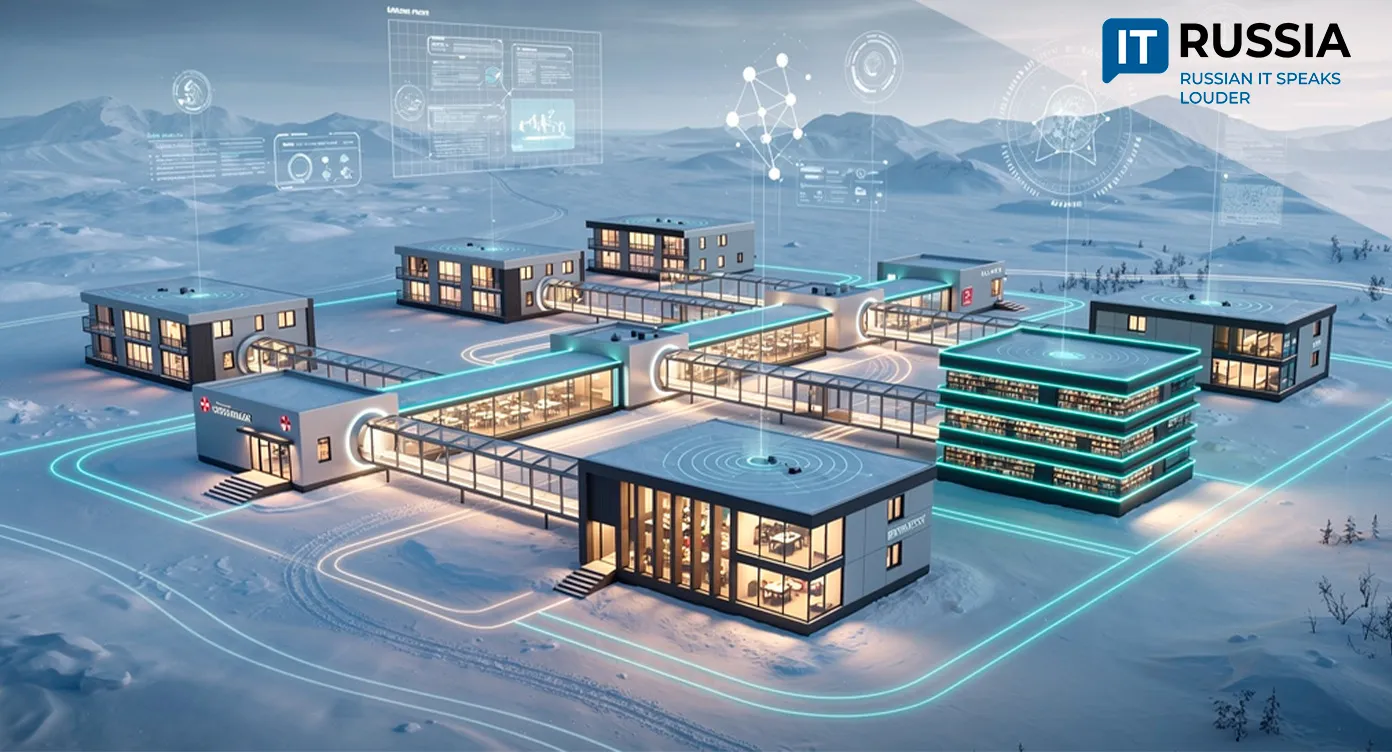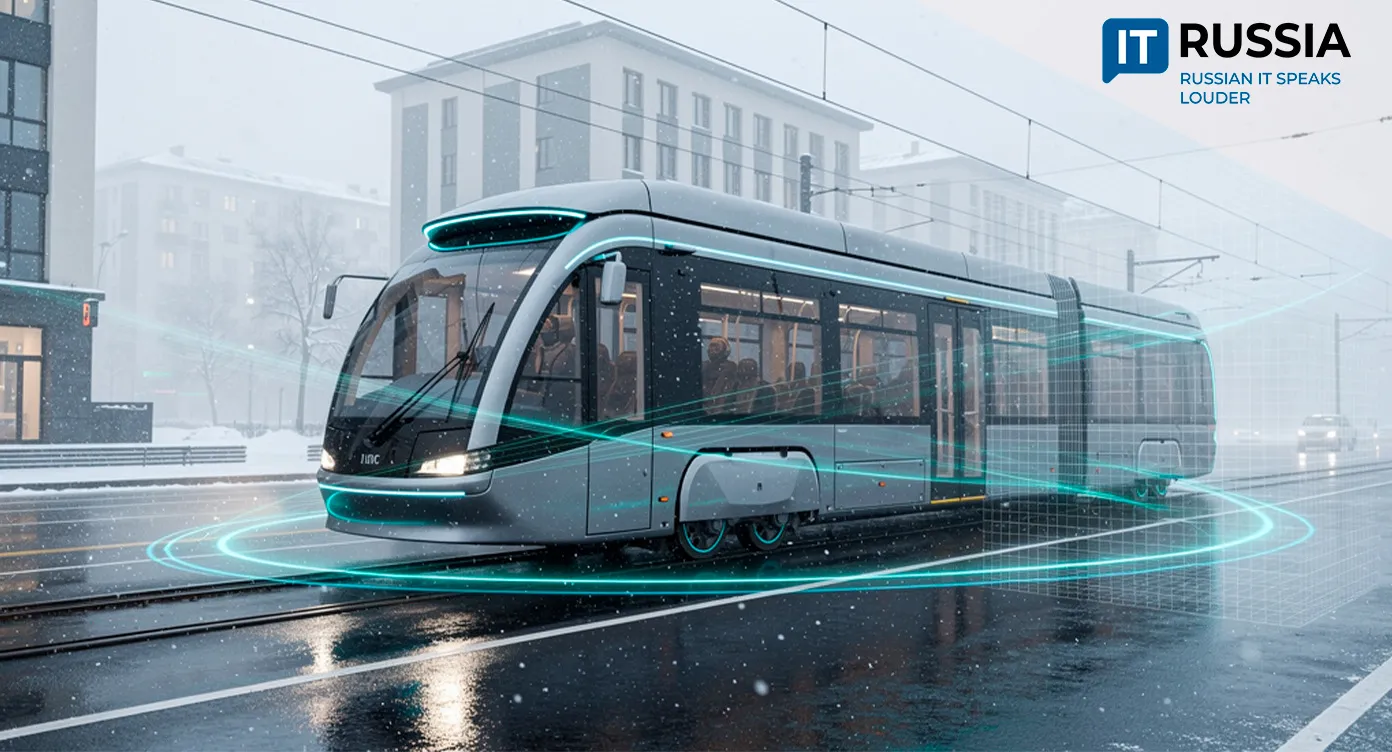The Modern Stadium: Oasis, Digital Hub, and the Safest Place Around
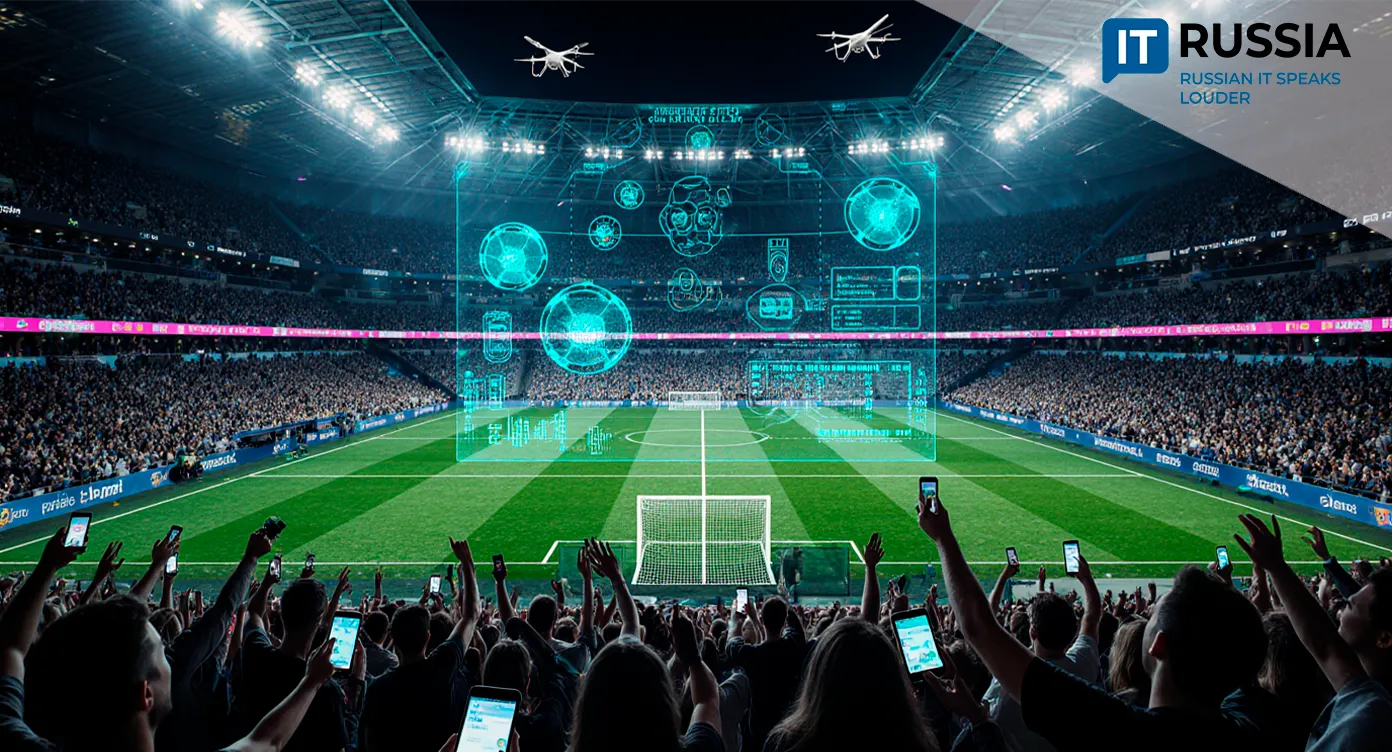
High technology has transformed sports arenas into digital hubs with climate control, professional sound, and personalized services. Everything is engineered—from how the grass grows to the softness of the seats—so that fans feel better than at home and athletes can perform at their best.
Climate Control Down to a Degree
Sergey Paukov, Director of Engineering and Multimedia Systems at KROK, recently highlighted how engineering and IT are turning stadiums into smart venues for large-scale shows.
Modern stadium technologies adapt to both crowd size and weather. Climate control systems regulate temperature, humidity, and air quality while keeping the grass dry—critical for players running on the field.
Smart heating, ventilation, and cooling systems adjust conditions dynamically, ensuring clean air and a comfortable environment. At FC Krasnodar’s home arena, the Ozon Arena, a DEVIbasic heating system maintains the perfect grass conditions with degree-level precision. The stands are warmed by 168 infrared heaters with a total output of 6,776 kW, while cooling systems lower the temperature during hot spells.
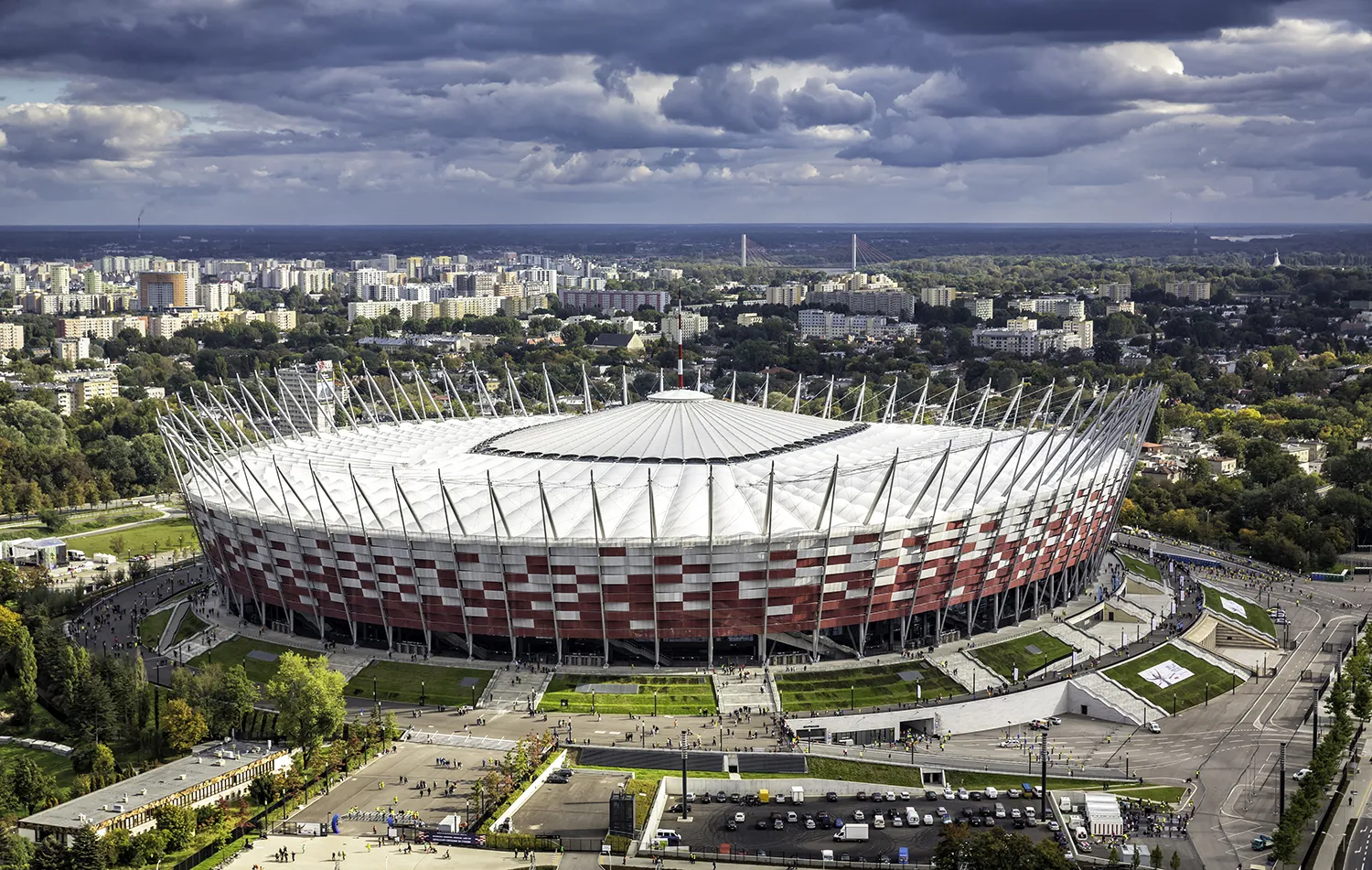
Soft Grass and Tracks That Protect Joints
Another breakthrough lies in safe, durable surfaces. At Tottenham Hotspur Stadium in London, a hybrid pitch was installed using SISGrass technology, where more than 20 million polyurethane fibers are woven into natural grass, creating a surface that can withstand up to 20 hours of intense play.
Polyurethane track coatings add comfort while reducing joint strain and injury risks. St. Petersburg’s Gazprom Arena houses one of the world’s most complex retractable field systems, enabling multifunctional use for sports and entertainment.
At Krasnodar Stadium, underground pipes drain excess rainwater to prevent flooding and ice buildup in winter. In summer, the same system circulates chilled coolant to protect grass from heat. Soil moisture sensors automatically regulate irrigation, ensuring consistent pitch quality.
A Show Straight Out of Video Games
A match at a modern stadium is more than a game—it’s a spectacle. Ultra-high-definition cameras and technologies like 8K and HDR capture every detail, from facial expressions to sweat.
Augmented reality (AR) overlays player profiles, stats, or mascots when fans point their phones at the field. Virtual reality (VR) headsets let spectators view 3D models of the game or explore real-time analytics. For athletes, VR serves as a training tool; for fans, it’s a chance to “step onto” the pitch.
Even sound adapts to the crowd. Directed audio technologies focus sound into specific zones, reducing echo, while noise suppression cancels out background distractions.

Safety and Services for Fans
Technology is also redefining fan safety and convenience. Many stadiums now use biometric identification—facial recognition or fingerprints—alongside QR codes and smart cards for access to stands and VIP areas. These systems reduce wait times at entrances and make ticket fraud nearly impossible.
High-density Wi-Fi ensures that tens of thousands of fans can stream simultaneously. Narrow-beam antennas divide the stadium into small zones, guaranteeing stable coverage. At Krasnodar’s 34,000-seat stadium, every fan can stay connected during matches.
Dedicated mobile apps enhance the experience further, allowing users to check lineups, order food, pay for parking, or navigate the venue. At Krasnodar’s stadium, the app even enables fans with disabilities to call a steward directly.
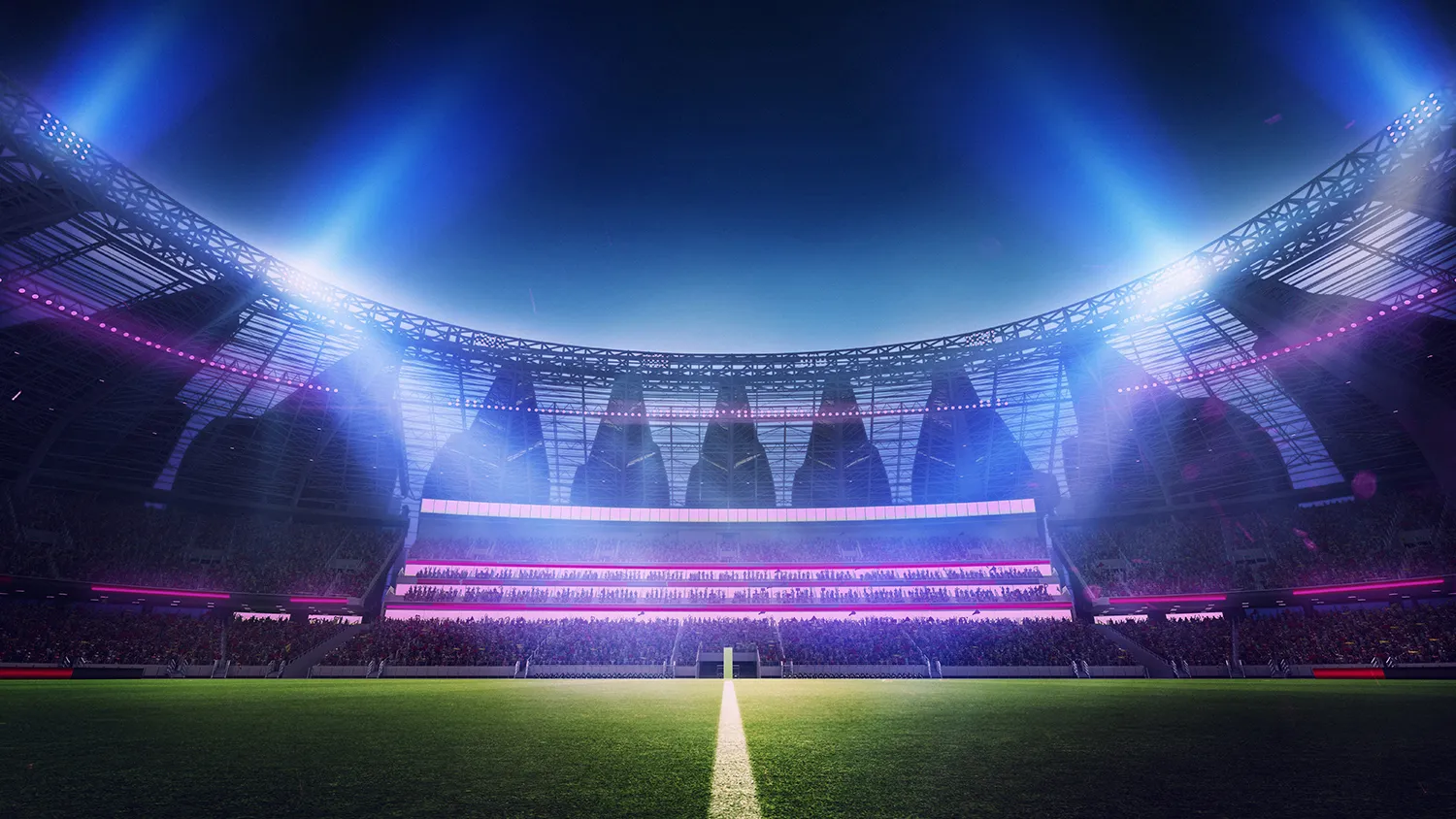
What Comes Next?
These technological advances strengthen the competitiveness of Russian stadiums on the global stage. Smart systems, AI-driven services, and advanced infrastructure pave the way for hosting major international events.
Within the next three to five years, Russia’s largest arenas are expected to integrate advanced climate control, AR features, and next-gen fan services. The current progress and strong demand for digital technologies in stadium infrastructure are fueling growth in the Russian IT sector.



